Growing Interest in Sustainable Investing
The growing interest in sustainable investing is significantly influencing the Robo-Advisory Software Market. As more investors seek to align their portfolios with their values, robo-advisors are adapting their offerings to include socially responsible investment options. This trend is reflected in the increasing number of robo-advisors that provide ESG (Environmental, Social, and Governance) investment strategies. Data suggests that a substantial portion of investors, particularly younger demographics, are willing to pay a premium for sustainable investment options. This shift towards sustainability is likely to drive further innovation and expansion within the Robo-Advisory Software Market.
Increased Financial Literacy Among Consumers
The Robo-Advisory Software Market is benefiting from a rise in financial literacy among consumers. As individuals become more educated about investment options and financial planning, they are more inclined to utilize robo-advisors for their investment needs. This trend is particularly pronounced among younger generations who are actively seeking to manage their finances independently. Research indicates that a significant percentage of consumers now understand the benefits of automated investment solutions, which is likely to lead to increased adoption of robo-advisory services. Consequently, this growing awareness is expected to drive the expansion of the Robo-Advisory Software Market.
Technological Advancements in Financial Services
Technological advancements are playing a pivotal role in shaping the Robo-Advisory Software Market. Innovations such as machine learning, big data analytics, and blockchain technology are enhancing the capabilities of robo-advisors. These technologies enable more accurate risk assessments, personalized investment strategies, and improved user experiences. For instance, the integration of AI algorithms allows robo-advisors to analyze vast amounts of data to provide tailored investment recommendations. As these technologies evolve, they are expected to attract a broader client base, further propelling the growth of the Robo-Advisory Software Market.
Regulatory Support for Digital Financial Services
Regulatory support for digital financial services is emerging as a key driver in the Robo-Advisory Software Market. Governments and regulatory bodies are increasingly recognizing the importance of fintech innovations, including robo-advisors, in enhancing financial inclusion and consumer access to investment services. This supportive regulatory environment is likely to foster innovation and encourage new entrants into the market. For example, streamlined compliance processes and favorable regulations can reduce barriers to entry for startups, thereby stimulating competition and growth within the Robo-Advisory Software Market.
Rising Demand for Cost-Effective Investment Solutions
The Robo-Advisory Software Market is experiencing a notable surge in demand for cost-effective investment solutions. As traditional financial advisory services often entail high fees, many investors are gravitating towards robo-advisors that offer lower management costs. This shift is particularly evident among millennials and younger investors who prioritize affordability and accessibility. According to recent data, robo-advisors have been able to reduce investment management fees by up to 50% compared to traditional advisors. This trend is likely to continue as more individuals seek to maximize their investment returns while minimizing costs, thereby driving growth in the Robo-Advisory Software Market.
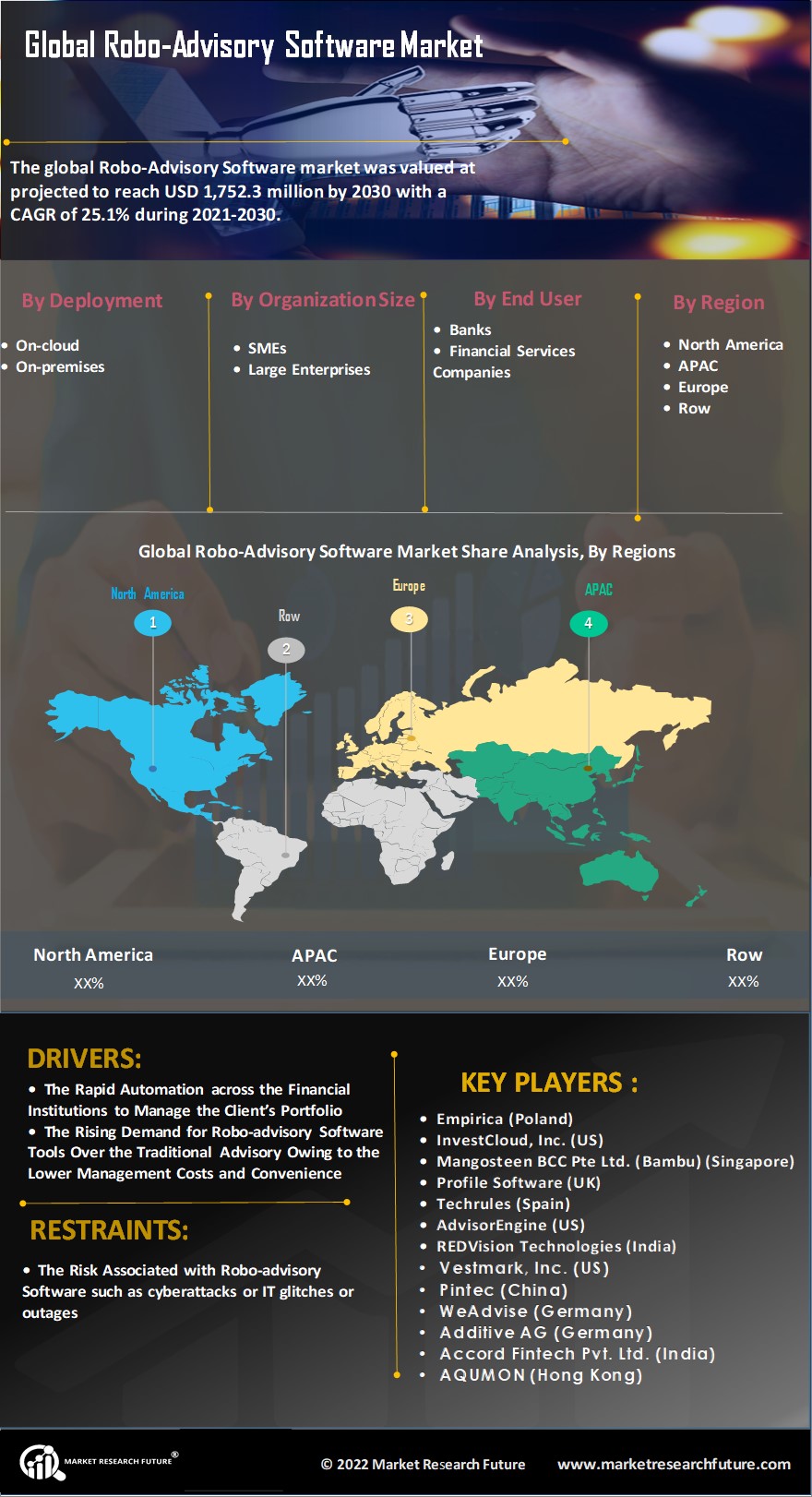

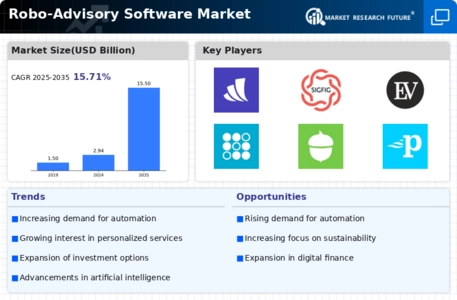
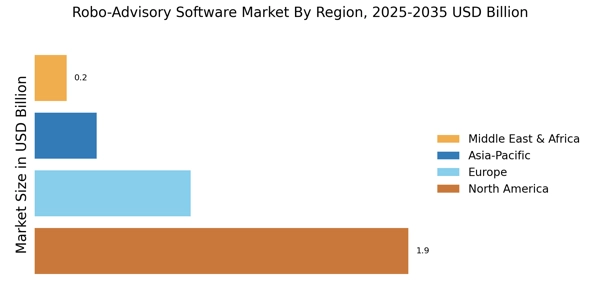



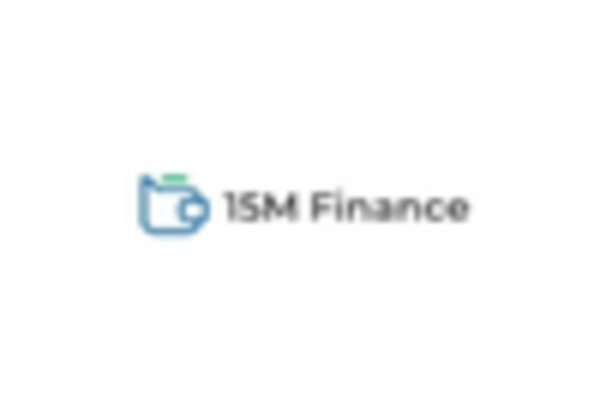
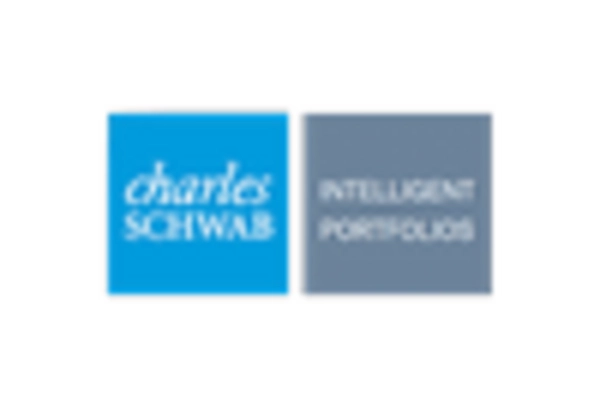









Leave a Comment